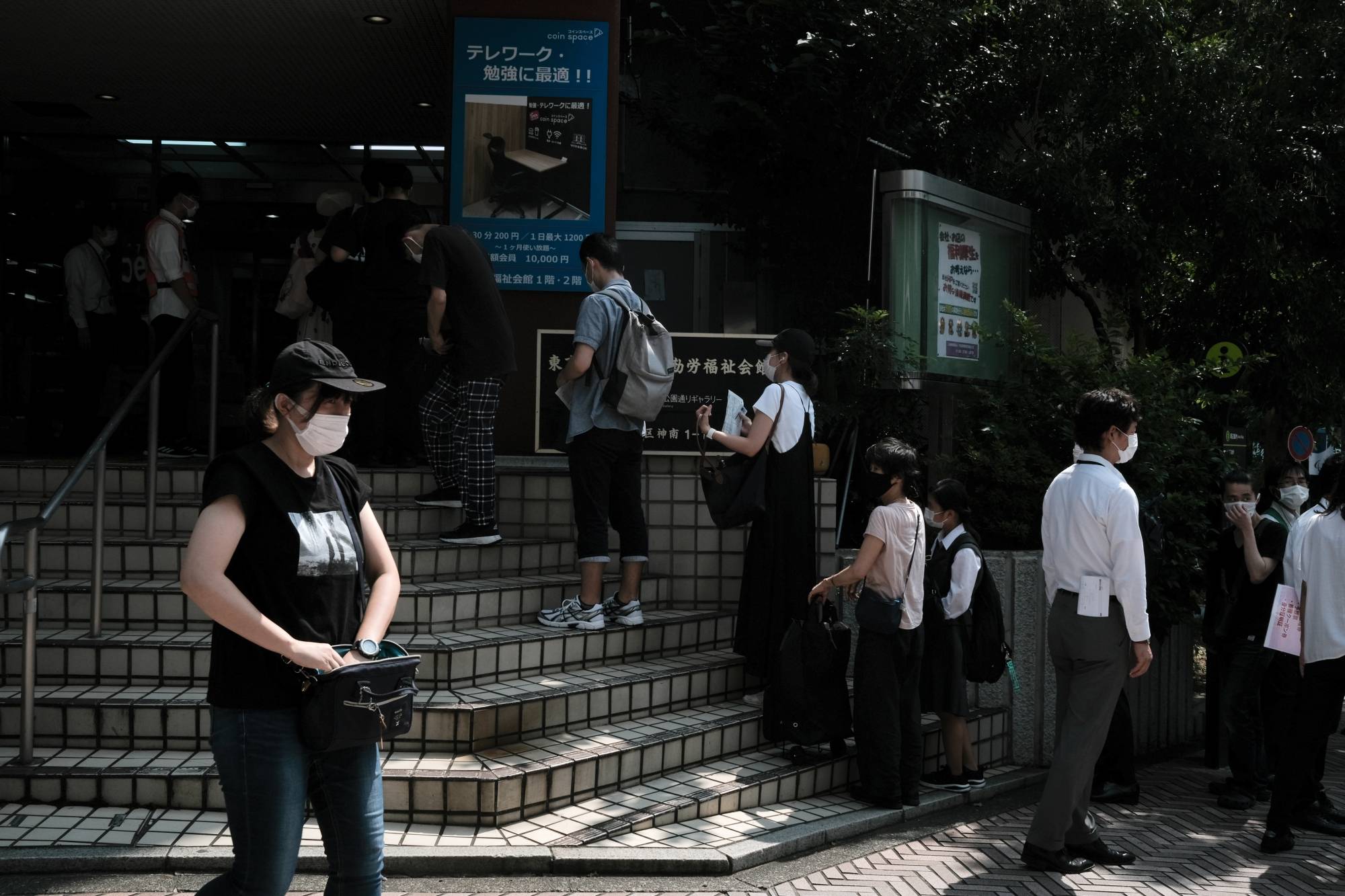Japan’s current wave of COVID-19 infections has mostly affected its younger generations, reflecting both the efficacy of its vaccination program among the elderly and the pitfalls of a delayed rollout that still hasn’t reached most of the youth population.
Those in their 20s and 30s in Tokyo now make up a larger proportion of new infections than the previous wave in January, before the vaccination program started. Past surges have started with infections concentrated in younger people — who are more mobile — and later spread to the elderly. But the current wave in Japan, which has taken nationwide daily cases to more than 25,000 in the worst numbers reported yet, has largely remained a scourge among the young. In many wards of Tokyo, less than 20% of those in their 20s and 30s are fully vaccinated.
Japan’s vaccination rollout, which started late compared with other developed nations, has progressed quickly since early summer. About 46% of the population is fully vaccinated, including nearly 90% of those 65 or older. Local governments decide who gets priority, and most have made shots available in successive age brackets, causing a large difference in coverage between age groups.



